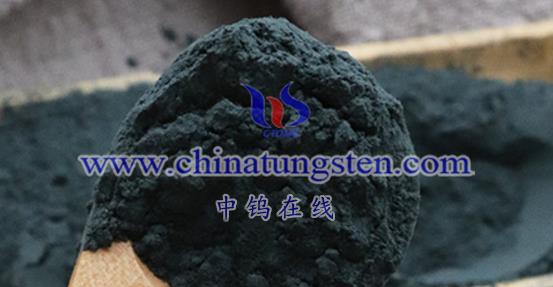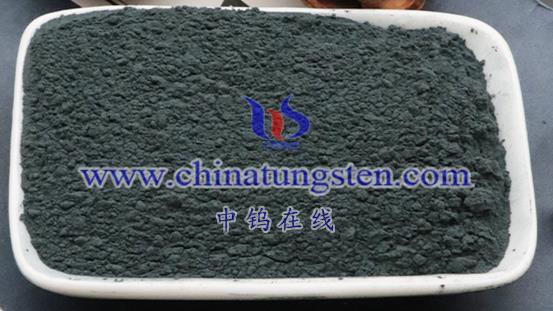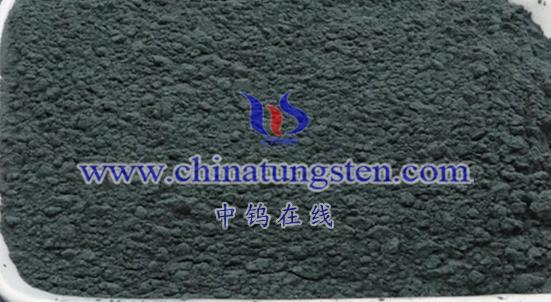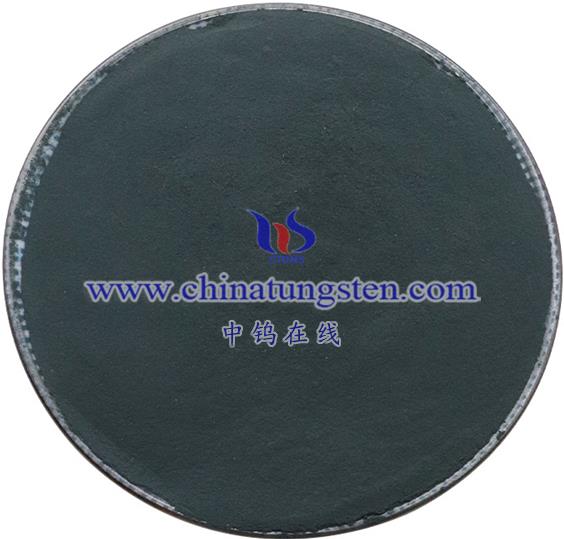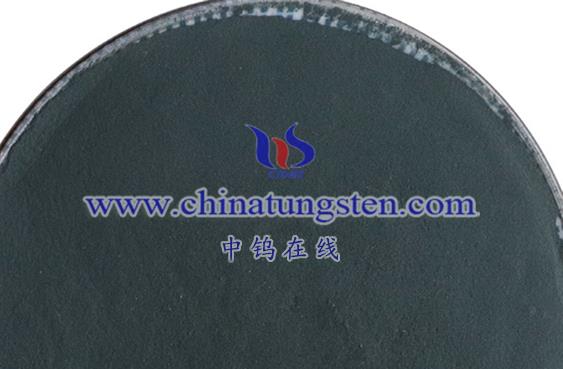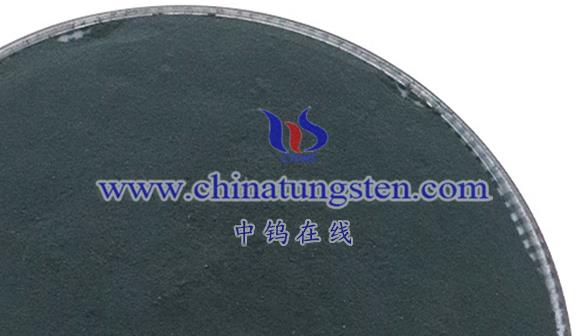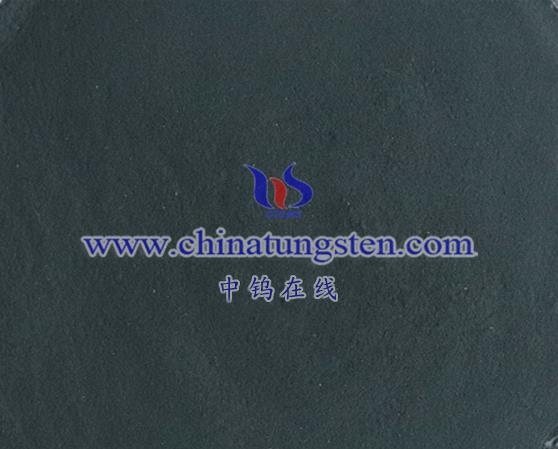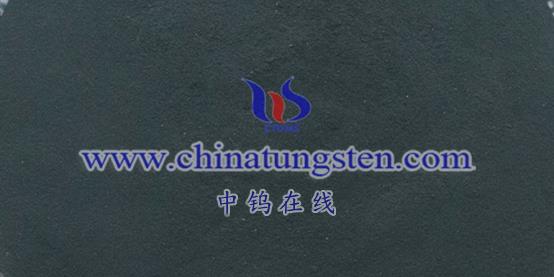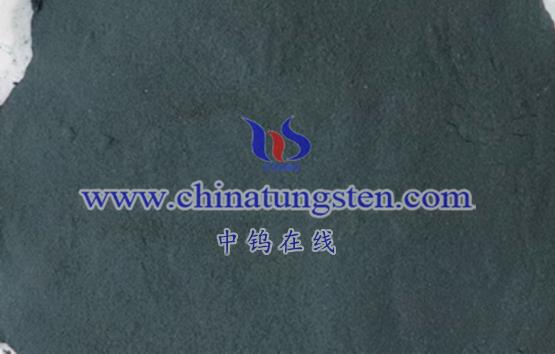
Doping modification of nano tungsten oxide, particularly the introduction of other metal ions, has a significant impact on its performance. These effects are primarily observed in gas sensitivity, humidity sensitivity, optical properties, and catalytic activity. Below is a detailed analysis of these influences:
- Gas Sensitivity of Doped Nano Tungsten Oxide
Doping metal ions into nano tungsten oxide can greatly enhance its gas sensitivity. For example, doping alkali metals such as lithium (Li) or potassium (K) into the tungsten oxide lattice creates more structural defects. These defects can adsorb more gas molecules (such as NO₂), thereby increasing electron mobility and oxygen adsorption. Specifically, Li doping significantly improves the NO₂ gas sensing performance of nano tungsten oxide. Studies have shown that Li-doped 3D ordered macroporous (3DOM) WO₃ exhibits a substantially increased gas sensing response to NO₂ at optimal working temperatures, even displaying high sensitivity at room temperature. This improvement is mainly attributed to the optimization of the material’s structural defects and electronic properties, which enhance defect concentration and electron mobility.
- Humidity Sensitivity of Doped Nano Tungsten Oxide
In addition to gas sensitivity, doping modification can also improve the humidity sensitivity of nano tungsten oxide. For instance, Li/K co-doped 3DOM WO₃ exhibits superior performance in humidity detection. Co-doping effectively promotes the formation of structural defects and surface adsorbed oxygen. Due to its higher charge density, Li⁺ ions can strongly polarize water molecules on the material’s surface, facilitating their dissociation into H⁺ and H₃O⁺, which contribute to conductivity. K⁺ ions, when doped into the WO₃ lattice, increase the concentration of charge carriers, further enhancing the material’s conductivity and, consequently, its humidity sensitivity.
- Optical Properties of Doped Nano Tungsten Oxide
Doping modification also affects the optical properties of nano tungsten oxide. For example, introducing transition metal ions (such as niobium) into nano tungsten oxide can alter its internal electron arrangement, as well as change the concentration of holes and defects, affecting its UV light absorption properties. Niobium doping significantly enhances the UV light absorption capacity of nano tungsten oxide. These changes in optical properties broaden the application of nano tungsten oxide in fields such as photovoltaic conversion and photocatalysis.
- Catalytic Activity of Doped Nano Tungsten Oxide
Doping modification can also optimize the catalytic activity of nano tungsten oxide. Doping metal ions changes the surface structure and distribution of active sites on the material, improving its catalytic activity and selectivity. Additionally, doping promotes the separation and transport of electrons and holes, increasing catalytic efficiency. For example, in photocatalytic applications, doped nano tungsten oxide can more effectively utilize light energy for redox reactions, such as degrading organic pollutants or generating renewable energy like hydrogen.
Conclusion
The doping modification of nano tungsten oxide has a broad range of effects on its performance. By selecting appropriate doping elements and methods, the properties of nano tungsten oxide can be precisely controlled and optimized to meet the requirements of various applications.
More details of tungsten oxide product, please visit website: tungsten-oxide.com
Please contact CHINATUNGSTEN for inquiry and order of tungsten oxide:
Email: sales@chinatungsten.com
Tel.: 86 592 5129595
